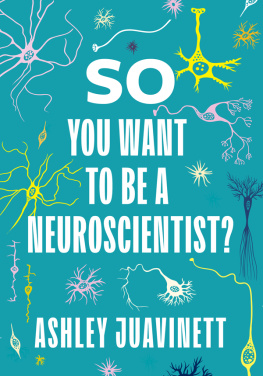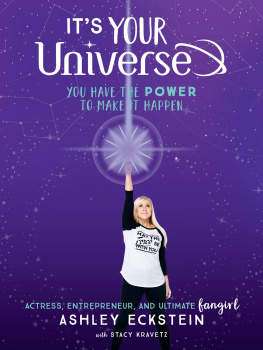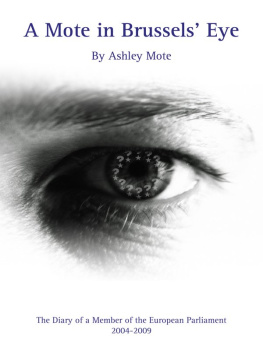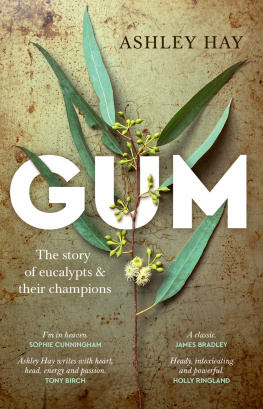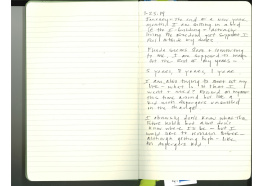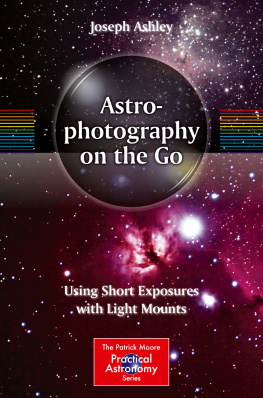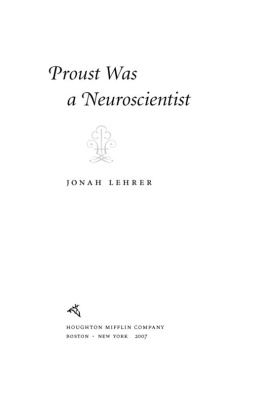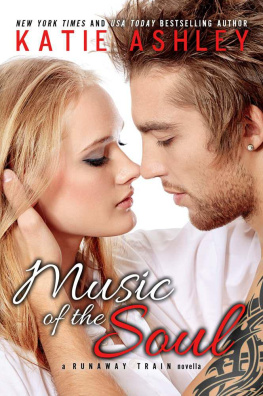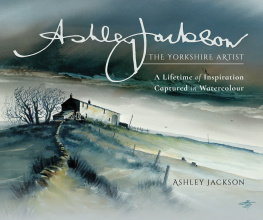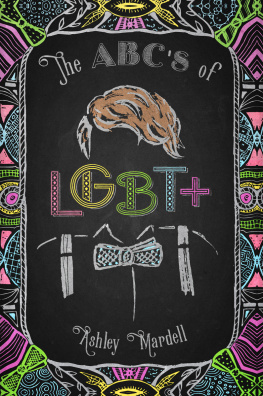Table of Contents
So You Want to Be a Neuroscientist?
Columbia University Press
Publishers Since 1893
New York Chichester, West Sussex
cup.columbia.edu
Copyright 2020 Columbia University Press
All rights reserved
E-ISBN 978-0-231-19089-3
Library of Congress Cataloging-in-Publication Data
Names: Juavinett, Ashley, author.
Title: So you want to be a neuroscientist? / Ashley Juavinett.
Description: New York: Columbia University Press, 2021. | Includes bibliographical references and index.
Identifiers: LCCN 2020018743 (print) | LCCN 2020018744 (ebook) | ISBN 9780231190886 (hardback) | ISBN 9780231190893 (trade paperback) | ISBN 9780231549158 (ebook)
Subjects: LCSH: NeurosciencesVocational guidance.
Classification: LCC RC343 .J73 2021 (print) | LCC RC343 (ebook) | DDC 616.80023dc23
LC record available at https://lccn.loc.gov/2020018743
LC ebook record available at https://lccn.loc.gov/2020018744
A Columbia University Press E-book.
CUP would be pleased to hear about your reading experience with this e-book at .
Cover design: Lisa Hamm
To the future brain explorersthis is your land, too.
Contents
T he brain has been called everything from an enchanted loom, to an electrical storm, to a three-pound blob. It is the symbol of intelligence, the contrast to mind, the commanding organ of our bodies. The brain is oh-so many things, both culturally and biologically.
It also turns out to be much more complicated than we had hoped.
For instance, we once had this idea that we could correlate the bumps on our skulls to different functions in our brains. Big bump on the back? Lots of intelligence. Big bump in the front? Sure hope youre good with your hands.
Phrenology ended up being mostly bunk, but it did lead us to the idea that brains could be divided into regions with different functions. And although that idea has held up pretty well, it too is under threat. Brain areas cant be separated as cleanly as oil from water, thats for sure. Its a little more like the boundaries between countriesmany historically established, some quite arbitrary, but others carrying meaningful differences about the global role of those countries.
And the commanding organ thing? Its nowhere close to a one-way street from your brain to your body. The body talks to the brain just as much as the brain claims it has control. Each year were learning more and more about the influence of the gut and the peripheral nervous system on our brains functioning, largely thanks to technological innovations and the blurring of academic disciplines.
It wasnt until the second half of the twentieth century that we had a reasonable way to study the brain and nervous system. Up until then, it was a bunch of folks blindly sticking electrodes into various creatures, some fortunate to listen into a neuron or two. In just the past couple of decades, weve exposed the brains array of cell types and circuits to all kinds of investigation. We can ask unprecedented questions about how the brain works, how it communicates with the body, and what it means for who we are as humans. As we address all of these questions, were amassing a ton of data.
And we need you to help.
E ven without knowing who you are, I can say its very likely that you picked up this book because your brain is incredibly full of itself.
A career about me? Well, that sounds absolutely perfect. Lets do that.
Of course, brains are also really skilled at devising explanations.
I mean, Inception was a great movie, right? Dont we want to know if neuroscience could ever actually implant ideas in peoples heads? Or, uh, that weird cultish ScarJo movie, Lucy? Although let me assure you, I use way more than 10 percent of my mass at any given time.
Or maybe this book caught your eye because at some point you thought, BRAINS ARE SO COOL. In which case, yes, welcome home.
Its also possible this book was gifted to you, without your brains mischievous scheming. Maybe some well-intentioned older mentor gave this to you because they heard that neuroscience was all the rage with the kids these days. They heard you were doing research or that you took a neuroscience class and thought theyd give you a leg up with a sleek new look at the field of brain science. Perhaps theyre even starting to get a little bit concerned about the health of their own brains and would like you to fix it.
Or maybe this mentor has confused neurosurgery with neuroscience (this is highly likely, speaking from personal experience) and thinks youll make the big bucks if you take up neurosurgery. This is not a book about neurosurgery, at least not in the medical sense. This book isnt about the big bucks either or about what your eager elder would like for you.
This book is about a field that has been attempting to define itself for more than a century, and it is about your possible place in it.
Over a hundred years ago, legendary neuroscientist Santiago Ramn y Cajal wrote such a book of wisdom, called Advice to a Young Investigator. Ramn y Cajal was a remarkable Spanish neuroanatomist who convinced a torn field that neurons were indeed crucial, separate components of the nervous system. He was also a talented artist who left us with beautifully intricate drawings of neural circuits.
One of my earliest research mentors gifted me Ramn y Cajals book at the end of my summer research internship at Columbia University. I absolutely reveled in it. Ramn y Cajal writes with the cadence of a poet, the vocabulary of a philosopher, and the passion of a vegan. In his book, he comments on the qualities that scientists need to succeed and reflects on the state of his field. He also gives practical advicefor the turn of the twentieth centuryon how to conduct experiments and communicate your findings.
Ramn y Cajal was also a man of his time. He lived in a world where only men were educated, and therefore only men could be scientists. This was the context in which our field was born, but it is not representative of neuroscience today. So, his advice provides many useful tidbits, but its also outdated and, at moments, incredibly sexist. As in, So many careers have been thwarted because of feminine vanity or capriciousness! or at time society and even humanity as a whole suffers because of the scholars wife. Very charming, Santiago.
Dont get me wrong, Advice to a Young Investigator is certainly worth reading. I would just skip The Investigator and His Familythe chapter in which he gives martial adviceunless youre feeling completely self-assured about the current sociopolitical climate and would like to have a good laugh.
I hope this doesnt disappoint, but I wont be disseminating marital advice here. Instead, Id like to show you the scope of our field and share some advice if you care to join us. But lets tackle some important orders of business first.







